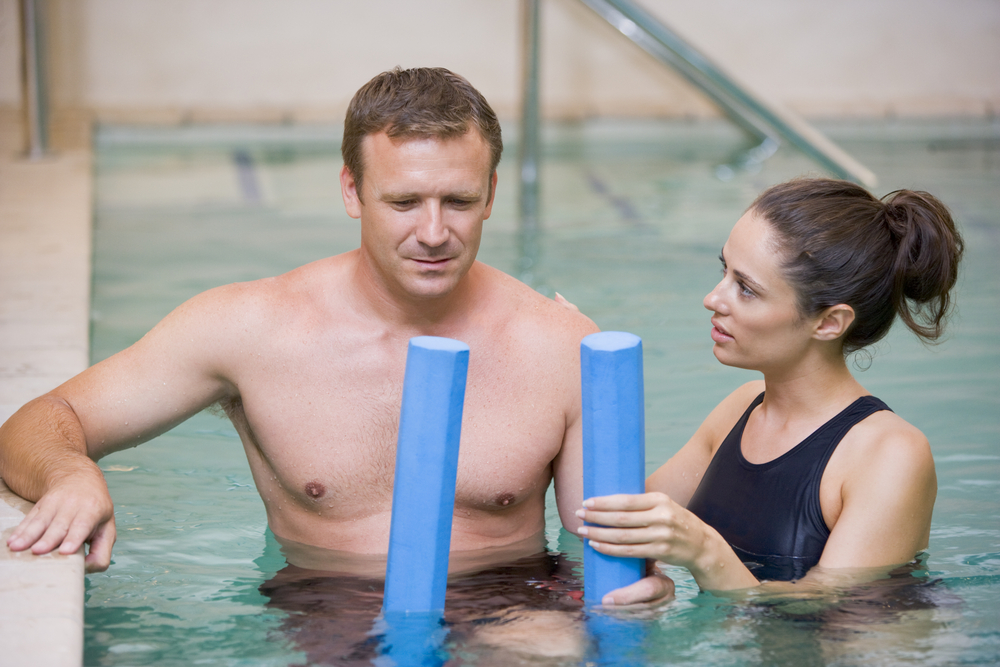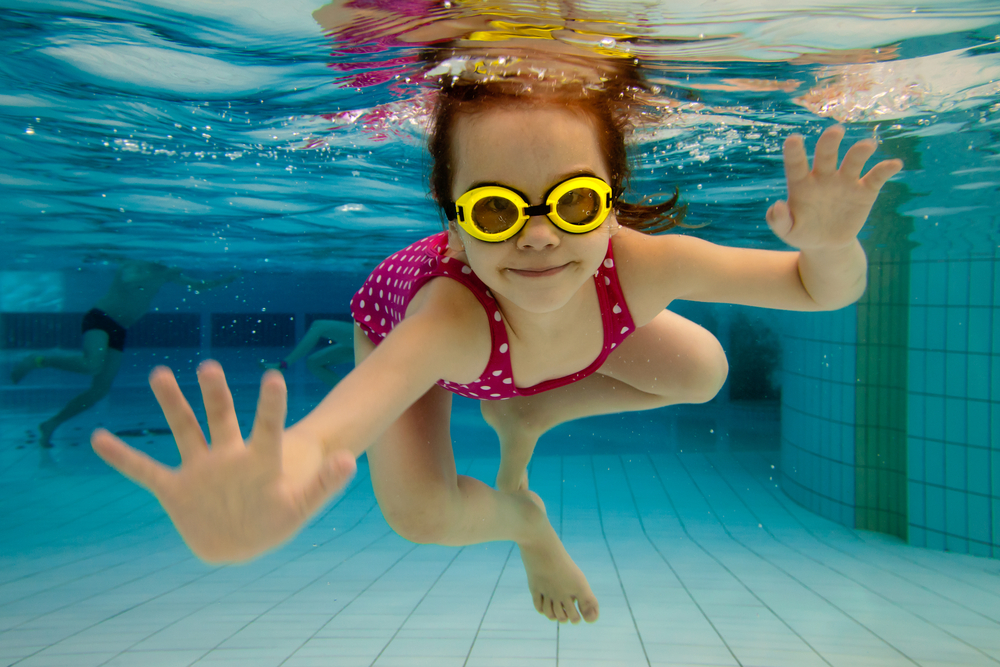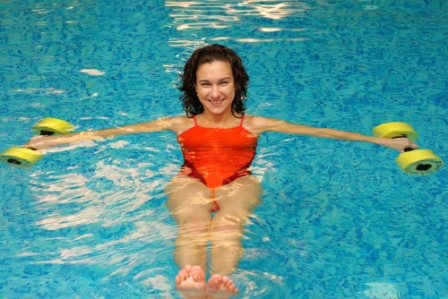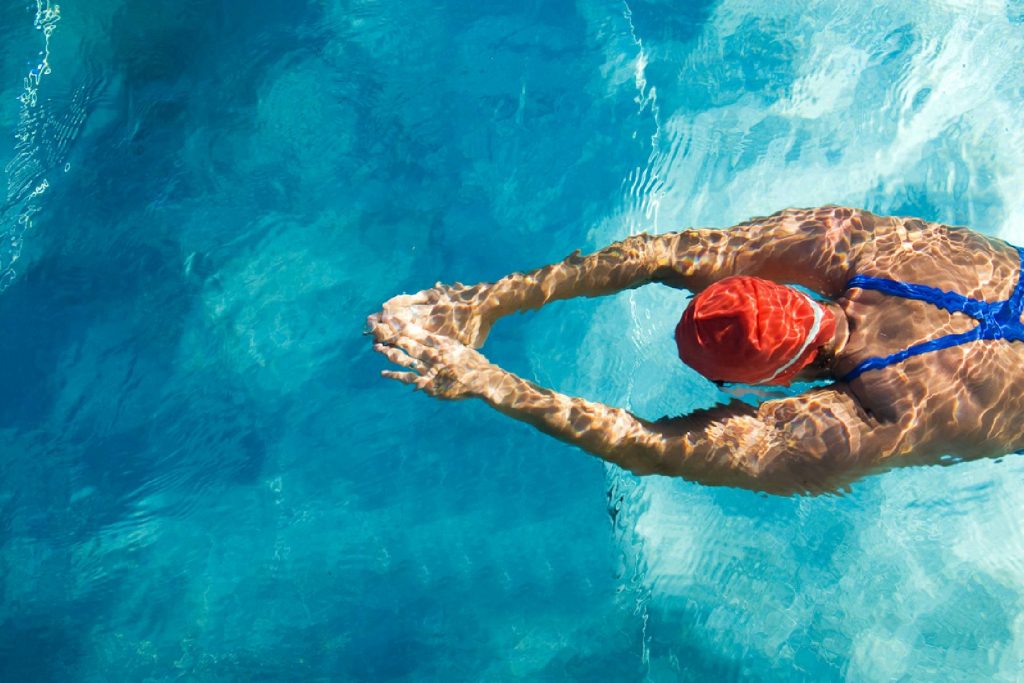Hydrotherapy Physiotherapy Sydney
Hydrotherapy is used in different forms for it's beneficial effects on the body. It can be used at various temperatures and depths after sport, exercise, surgery and in rehabilitation from injury. Physiotherapists use the pool to start and progress programs to relieve pain, strengthen and help conditioning. Sometimes this enables a transition to land based exercise and in other cases can replace land based programs all together.
Buoyancy reduces body weight when in water with the drag of the water providing resistance to movement.
How light can I be exercising in water? Depending on the height of an individual, the approximate averages are:
› immersed to your neck = 10% bodyweight
› immersed to your chest = 28% in females and 35% in males
› immersed to your waist = 47% in females and 54% in males
(1987) Percentage Weight-Bearing During Partial Immersion in the Hydrotherapy Pool, Physiotherapy Practice, 3:2, 60-63)

For your first session please call Narrabeen on 9981 4099.
Your first appointment will be with a 1:1 assessment with a physiotherapist to determine which class is most appropriate & tick off our health checks.

Aquacare classes
› 30 minutes
› suitable for post-op care
› small class with close supervision
› gentle range & strength program
› specific, gentle muscle activation
› individual class or 10 pack

Aquastrength
› 45 minutes
› more energetic class
› injury specific & global strength
› lower limb injuries & rehabilitation
› Small class
Benefits of water in rehabilitation from surgery, disease or injury
(Mooventhan, A., & Nivethitha, L., 2014)
› Water buoyancy reduces the weight on joints, bones, and muscles with the pressure reducing swelling. Water reduces load on painful joints, and increases muscle relaxation (Biscarini et al., 2007 & Eversden et al., 2007)
› decrease metabolic function, swelling, muscle spasm & increase anesthetic effects (Weston et al., 1994)
› immersion at 32°C lowers the heart rate (HR) by 15%, systolic blood pressure (SBP) and diastolic blood pressure (DBP) by 11% and 12% (Srámek et al., 2000)
› walking at stomach level the activity of back & leg muscles (quads) to levels near to or higher than walking on dry ground (Chevutschi et al., 2007)
› <15°C significantly lowers fatigue and delayed onset muscle soreness at 24, 48, 72, and 96 h follow-ups after exercise (Bleakley et al., 2012 & 2010)
› aqua-jogging in obese people over 6 weeks reduced waist circumference, body fat & improved aerobic fitness (Wouters et al., 2010)
› alternative to land exercise for individuals who lack confidence, have high risk of falling or have joint pain (Arnold et al., 2004)
For more information, please call reception at Narrabeen on 9981 4099






